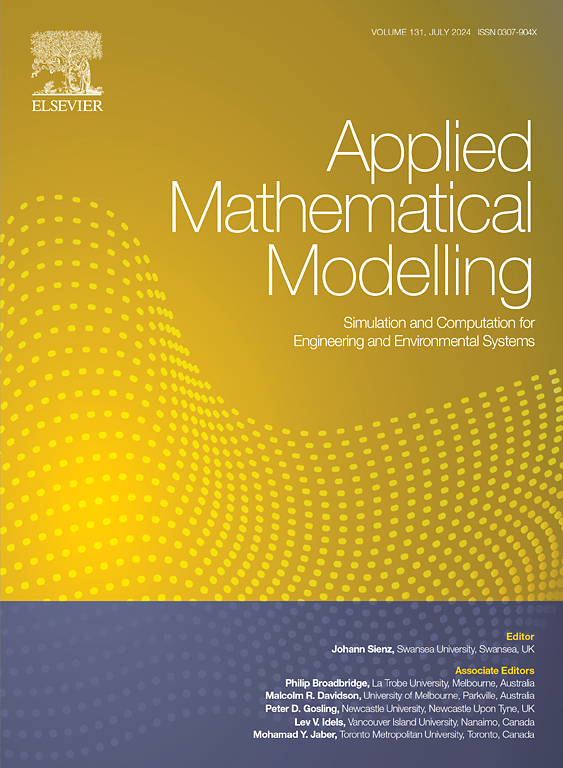A review of decision diagrams in system reliability modeling and analysis
IF 4.4
2区 工程技术
Q1 ENGINEERING, MULTIDISCIPLINARY
引用次数: 0
Abstract
Based on Shannon's decomposition theorem, decision diagrams can represent logical functions as directed acyclic graphs in a form that is both compact and canonical. Following the pioneering work of implementing binary decision diagrams for fault tree analysis in 1993, multiple forms of decision diagrams have been developed for the reliability analysis of complex systems in diverse applications such as space exploration, nuclear power, wireless sensor networks, body area networks, unmanned aerial vehicles, cloud computing, social networks, Internet of Things, etc. This article presents a systematic review of decision diagrams, classifying and reflecting on over thirty years of research dedicated to applying this combinatorial model to the reliability analysis of various complex systems and networks. It also discusses potential directions for further advancing decision diagram-based reliability theory and practice.
求助全文
约1分钟内获得全文
求助全文
来源期刊

Applied Mathematical Modelling
数学-工程:综合
CiteScore
9.80
自引率
8.00%
发文量
508
审稿时长
43 days
期刊介绍:
Applied Mathematical Modelling focuses on research related to the mathematical modelling of engineering and environmental processes, manufacturing, and industrial systems. A significant emerging area of research activity involves multiphysics processes, and contributions in this area are particularly encouraged.
This influential publication covers a wide spectrum of subjects including heat transfer, fluid mechanics, CFD, and transport phenomena; solid mechanics and mechanics of metals; electromagnets and MHD; reliability modelling and system optimization; finite volume, finite element, and boundary element procedures; modelling of inventory, industrial, manufacturing and logistics systems for viable decision making; civil engineering systems and structures; mineral and energy resources; relevant software engineering issues associated with CAD and CAE; and materials and metallurgical engineering.
Applied Mathematical Modelling is primarily interested in papers developing increased insights into real-world problems through novel mathematical modelling, novel applications or a combination of these. Papers employing existing numerical techniques must demonstrate sufficient novelty in the solution of practical problems. Papers on fuzzy logic in decision-making or purely financial mathematics are normally not considered. Research on fractional differential equations, bifurcation, and numerical methods needs to include practical examples. Population dynamics must solve realistic scenarios. Papers in the area of logistics and business modelling should demonstrate meaningful managerial insight. Submissions with no real-world application will not be considered.
 求助内容:
求助内容: 应助结果提醒方式:
应助结果提醒方式:


